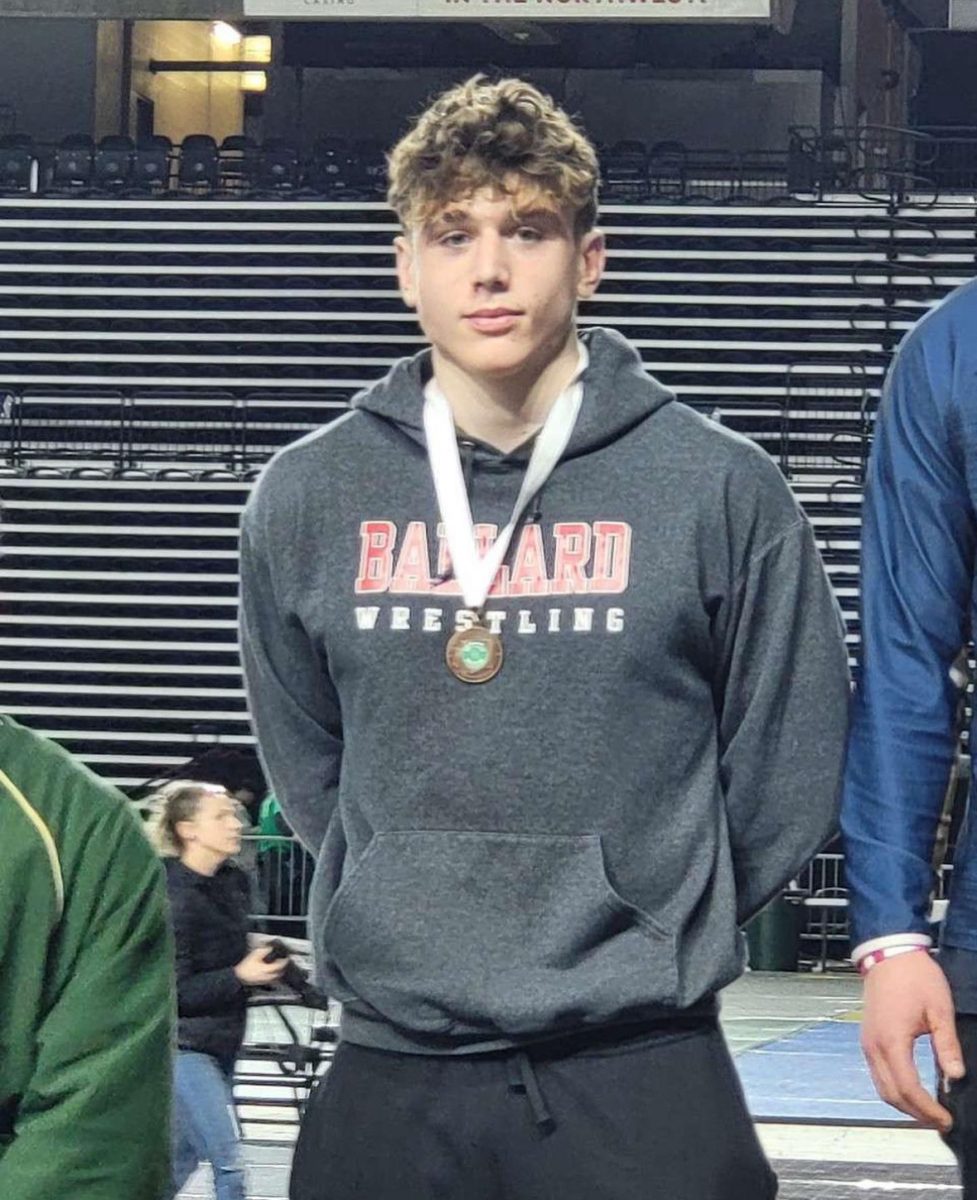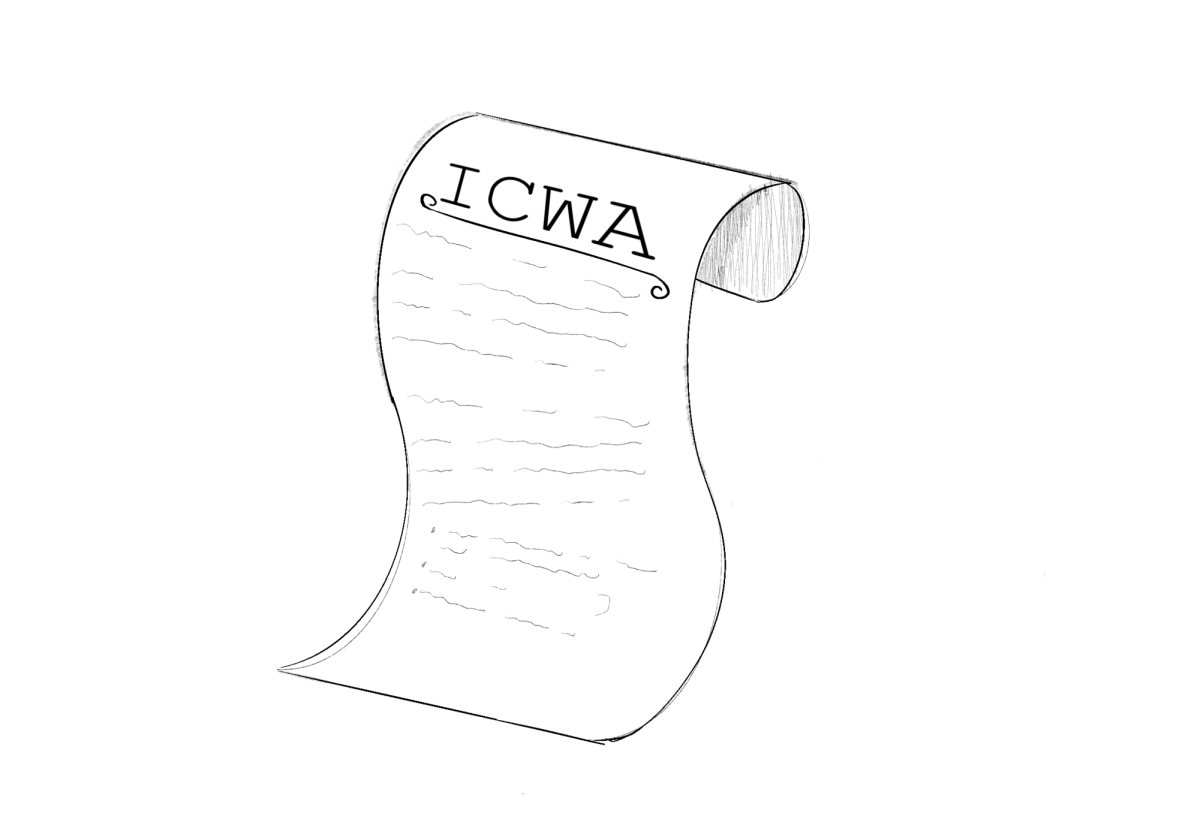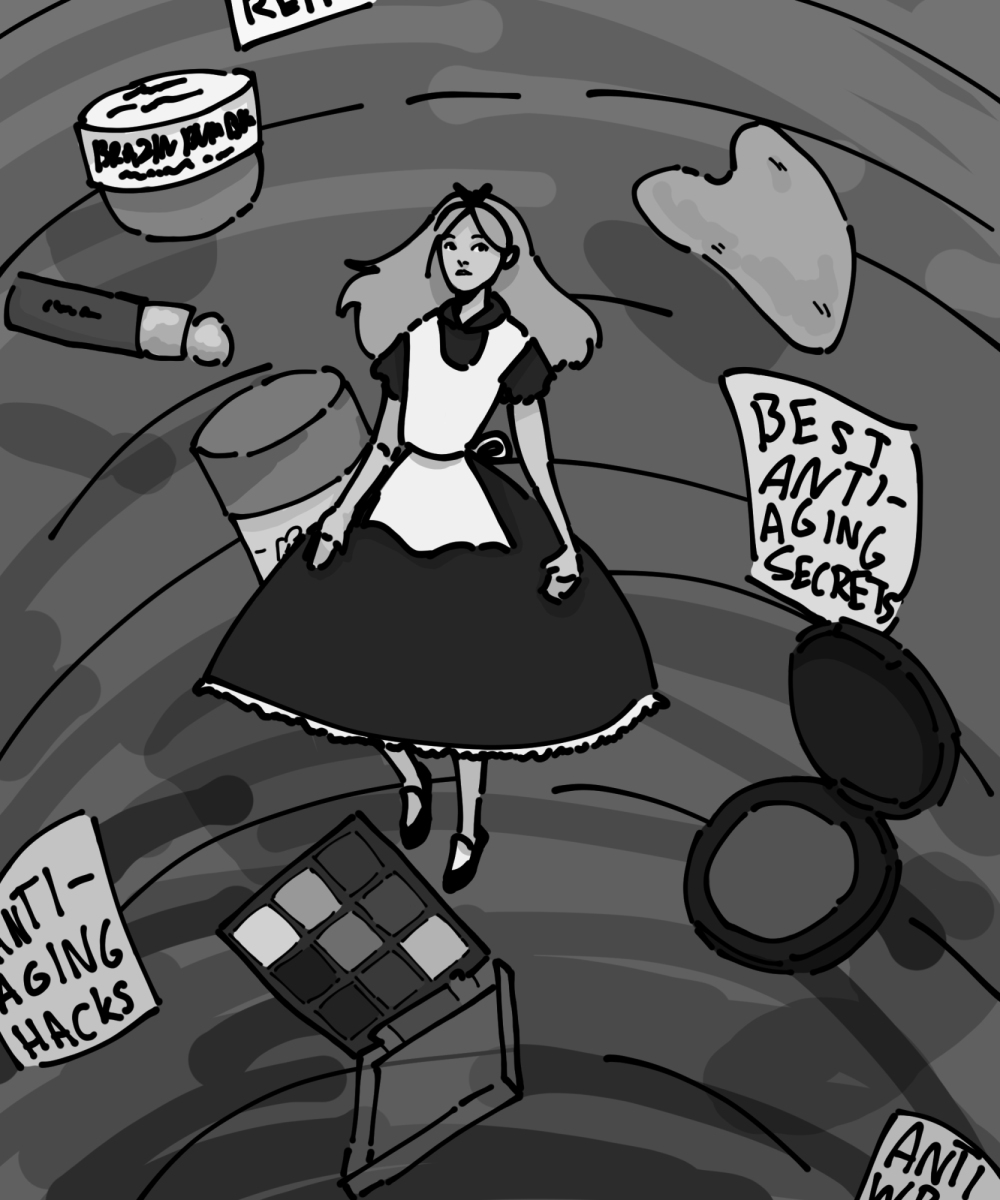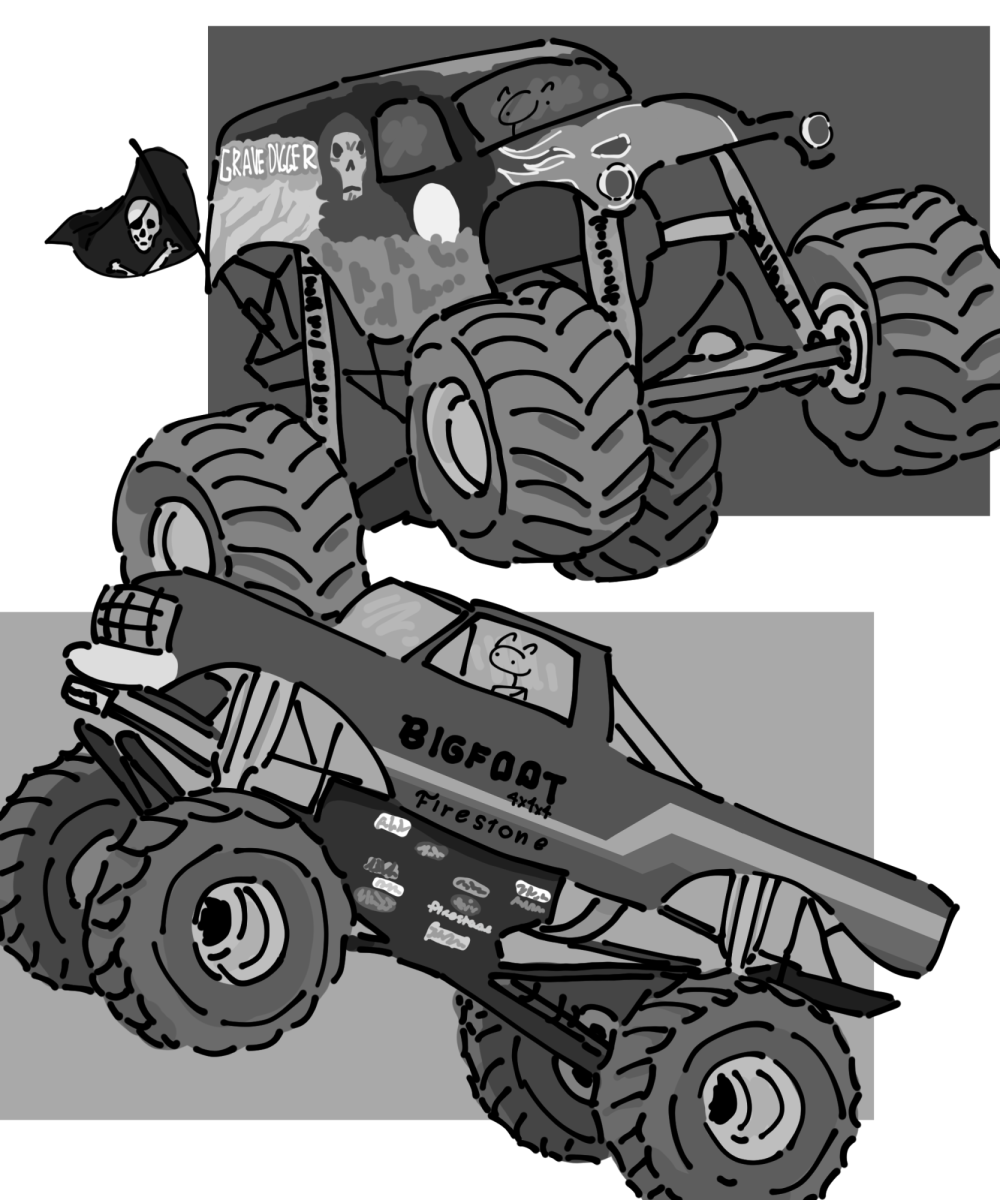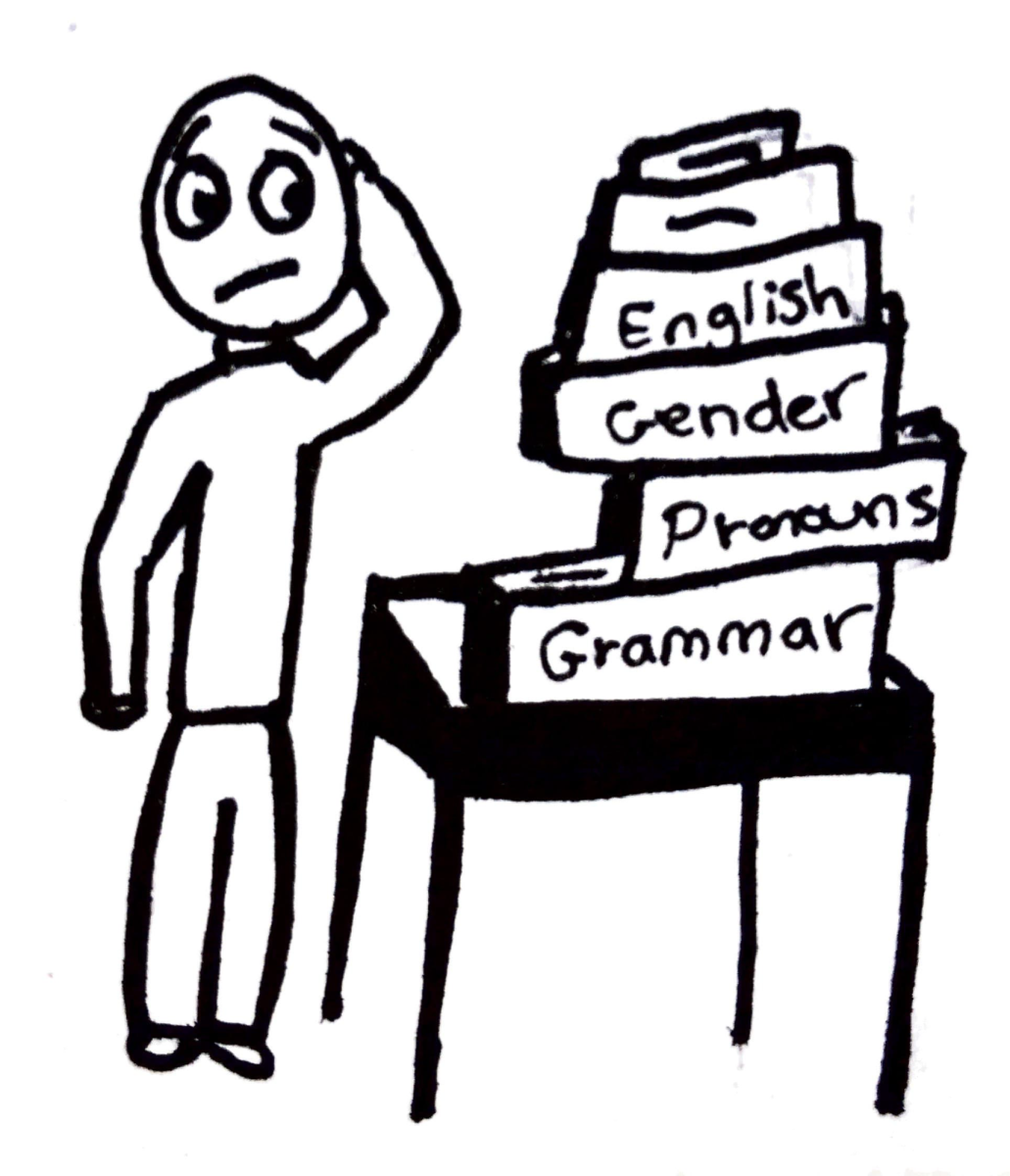Staple in community for 43 years may close unless it gets the money it needs
Brett Richter, Staff Reporter
Originally published November 27, 2019
Zane Golden-Zagorski
The schedule is available at the Ballard P-Patch website, www.ballardppatch.org. It also helps to email [email protected] for any questions or if you’re interested in working at the P-Patch.
The Ballard P-Patch is a community garden that has been part of the neighborhood for 43 years, since 1976. The garden, located at 8527 25th Ave NW, hosts the annual Art in the Garden festival, acts as an emergency hub location in times of crisis and provided 2,462 pounds of fresh produce for the Ballad Food Bank in 2019–almost double the usual amount.
Ballard P-Patch leadership chairperson Cindy Krueger explained how the P-Patch enriches the community.
The first community garden was started by Darlyn Del Boca, a University of Washington student. She started the garden with the help of her neighbors, the Picardo family, who provided the land. The “P” in P-Patch comes from the Picardo name.
Since then, the P-Patch program has grown to over 90 patches around Seattle, with 3 being in Ballard. Even though the P-Patch program was only meant to be temporary, the Ballard P-Patch to many is seen as an essential part of the neighborhood.
As Ballard and the rest of the city grows more urban, the P-Patches provide some much-needed green space.
“Typically we raise about 1,500 pounds of food for the Ballard Food Bank — this year we tried to do something different,” she said. “We really worked hard on succession planting, which meant we started in April with things that would grow in the cool and we ended up growing 2,600 pounds– we’re really proud of ourselves for that!”
The P-Patch is also part of the Americans with Disabilities Act (ADA), and offers a needed outlet for young kids and the elderly. They have raised beds for those who lack the range of motion required to use the other garden plots.
In addition, it gives many low-income families an opportunity to have fresh, organic produce.
“We know that about 30% of our gardeners qualify for low income housing,” Krueger said. “So there’s food security that comes from knowing that they can have organic produce that they can grow themselves and garden year-round to some degree. We also know that half of our gardeners are senior citizens. Senior citizens need connection to community, they need ways to stay fit and gardening, if you’ve ever done it, will definitely keep you fit.”
Right now, the P-Patch is at risk of closing down. Unless the volunteer-run community garden can somehow make up 1.8 million dollars, the half-acre lot will be sold by Our Redeemer’s Lutheran Church, the owners of the plot of land, to make four single-family homes.
The church had been leasing the land the garden sits on the city for one dollar a year so that P-Patch could remain open. In 2018, the church decided to redo their 1940s building.
After speaking to the city and realizing just how much work they needed done to get up to city standards, Our Redeemer’s Lutheran realized that their renovation may cost more money than they thought. Money that they don’t have.
“They thought about how they could raise that, and thought this land is zoned single-family housing. They could put for big multimillion-dollar homes on this property. That would raise the money that they needed. But they really don’t want to do that,” said Krueger.
The church told the P-Patch about their issue January of last year, and offered them a deal: if the P-Patch can buy the land, they can keep it.
“This isn’t good guy-bad guy, it’s not the garden against the church,” Krueger said. “It’s two communities that are trying to find a future that is beneficial for both.”
So far, they’ve managed to raise $54,000 and have received over 3,000 signatures for the “Save The P-Patch” petition.
“It’s a drop in the bucket for what we need, but it feels like that’s been the community supporting us. It feels really good,” Krueger said.
The Ballard P-Patch is a part of Seattle’s P-Patch Program. This program was started in the 1970s as an effort to both foster community and contribute to a national back-to-earth movement. The back-to-land movement was started as many in the 1970s were gripped with the need for rural bliss and freedom, many wanting to move out of cities to return to nature.
Plant sciences teacher India Carlson is a strong supporter of the Patch.
“One of the things that, of course, we need in the city is green space. Green space is important for so many reasons,” she said.
Carlson explains how the high school and the P-Patch work together. “We donate some plant starts to all of those groups,” she said. “It’s a way to connect my students to not only what you’re doing in class but then how does it benefit your community. A little bit of leadership and community responsibility.”
Being in Botany or other plant science classes isn’t a requirement to help the P-Patch.
Service learning hours can also be earned by volunteering at the P-Patch. The second Saturday of every month, the P-Patch has a work party.
“That’s usually three hours and just kind of whatever needs to be done in the common areas of the garden,” Krueger said.
April through September, volunteers can also help with the Giving Garden on Tuesday nights.
“Every P-Patch garden has a giving garden that’s designed specifically for the food bank. The Ballard P-Patch is no exception to that,” Carlson said.
Krueger encourages as many people as possible to come and help. “The more people we have the more work we can do, and the quicker we can get it done.”
Recent high school graduate Ben Hart is one of the Ballard P-Patch volunteers. “I first started to fulfill my graduation requirements for service hours but I really liked being there so even after I graduated I just kept going, even now. If I’m able to I go because I really like to. It’s really calm and relaxing,” Hart said.
With the support of it’s gardeners, volunteers, and community, the P-Patch has been researching where they can get the money they need from.
They have looked into grants on the city and county levels, as well as throwing fundraisers and writing proposals.
“We’re writing a grant for some state money, we’re going to apply for some money under the King County Parks Levy, which also passed in the August election, the CFT money, we’re asking for somebody from the city,” said Krueger.
The Conservation Futures Tax (CFT), takes money from property tax and uses it to buy open land.
Despite the extra work, they remain positive about the future of the Ballard P-Patch. Instead of focusing on the negative, the volunteers are trying to have fun and look at this as a learning experience.
“It’s been fun. With the gnome hats it’s like we’re not angry people, we’re just kind of having fun with it, but having people know that. It would be heartbreaking to lose this. Because once it’s gone, that’s it, there’s nothing else,” Krueger said.
So, what can the community do to help the Ballard P-Patch?
“Follow us, follow our website, come to our events,” Krueger says.
They have a Facebook and Instagram, and encourage others to put up yard signs, which they have, to spread awareness of the issue.
“One of the things [you] can do is [you] can contact city council and Mayor Durkan, and ask them to support buying land that the P-Patch is sitting on,” Carlson said.
Carlson also has postal cards in her room for those willing to write to the city council or other local government for the Patch.
The most direct way to help the Ballard P-Patch is to donate to their Mighty Cause campaign, under the support tab on the Ballard P-Patch website.
It’s important to remember that youth is the future. We have to care about the climate, and take action into our own hands. This may be a microcosm of the seemingly infinite issue of climate change, but small actions keep building.
![West Seattle High School’s (WSHS) Chinese program is closing down and teachers in the program are informed to transfer to a different high school. At WSHS, 475 both former and current students have signed a petition to help teacher Ying Yu continue her Chinese program. She shares that initially, the program offered only four classes with 90 students but with her initiatives, the program grew to be full-time with 154 students and 137 students on the waiting list. (Seattle Public Schools Board Meeting YouTube Channel: Seattle Schools Board Meeting May 8, 2024, [58:25])](https://ballardtalisman.org/wp-content/uploads/2024/06/Screenshot-2024-06-14-134038.png)
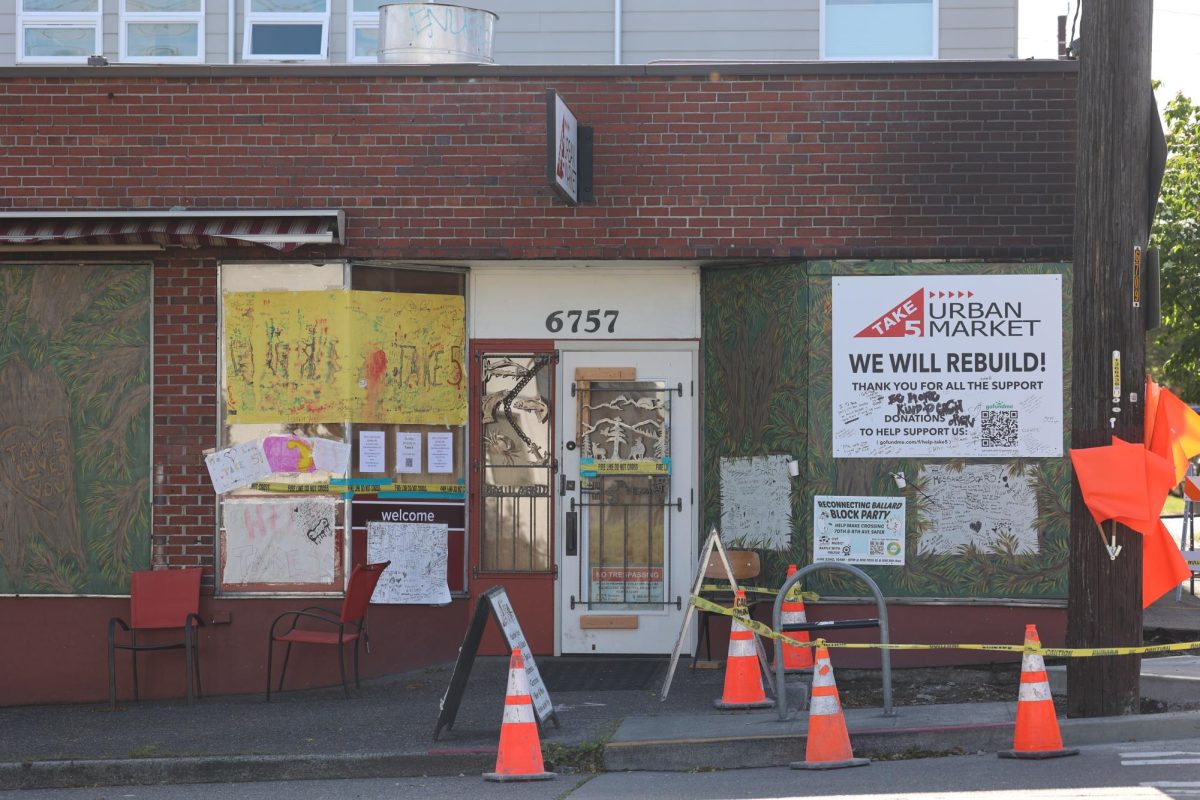

![“Link Crew is meant to be a way for [upperclassmen] to help ninth graders with the transition to high school,” Laura Lehni, language arts teacher, ASB advisor and Link coordinator, said](https://ballardtalisman.org/wp-content/uploads/2024/05/IMG_4601-1200x800.jpg)

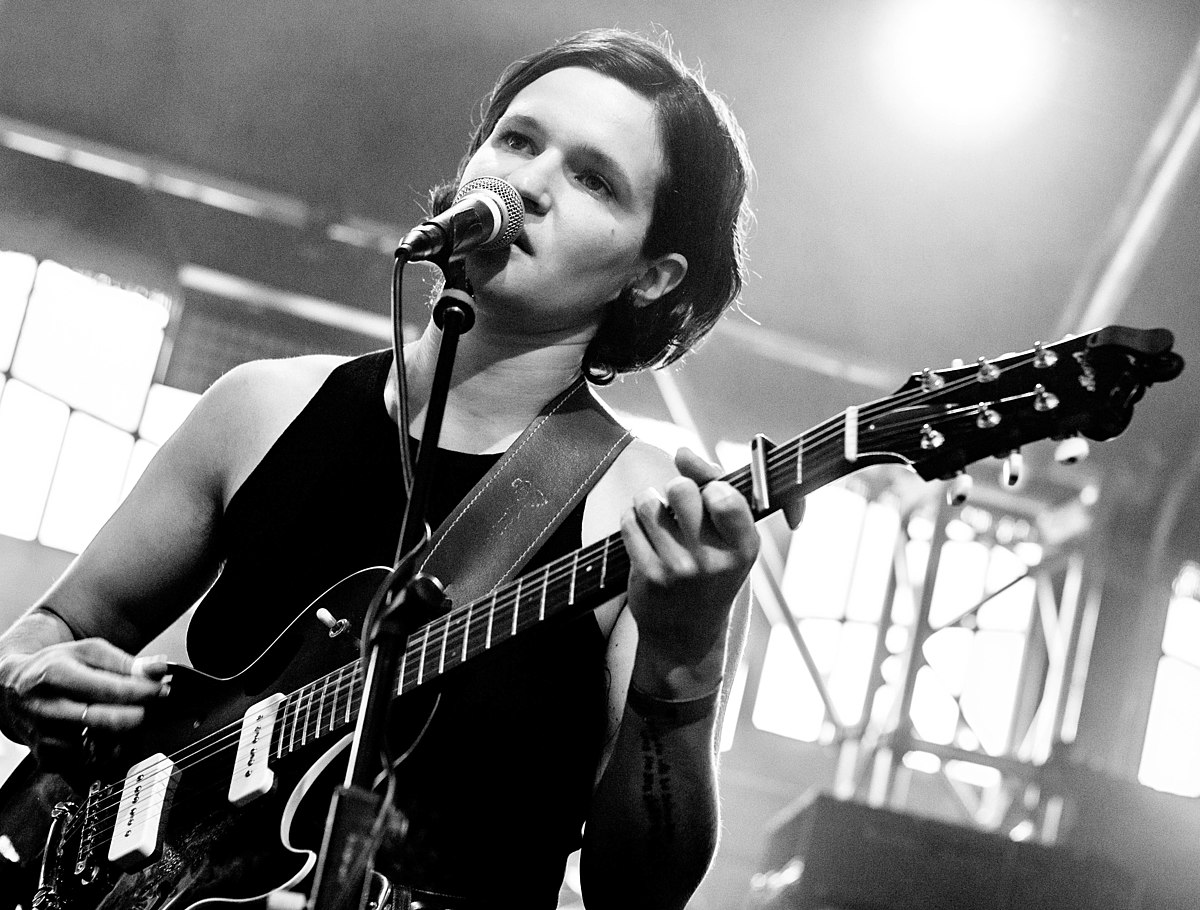

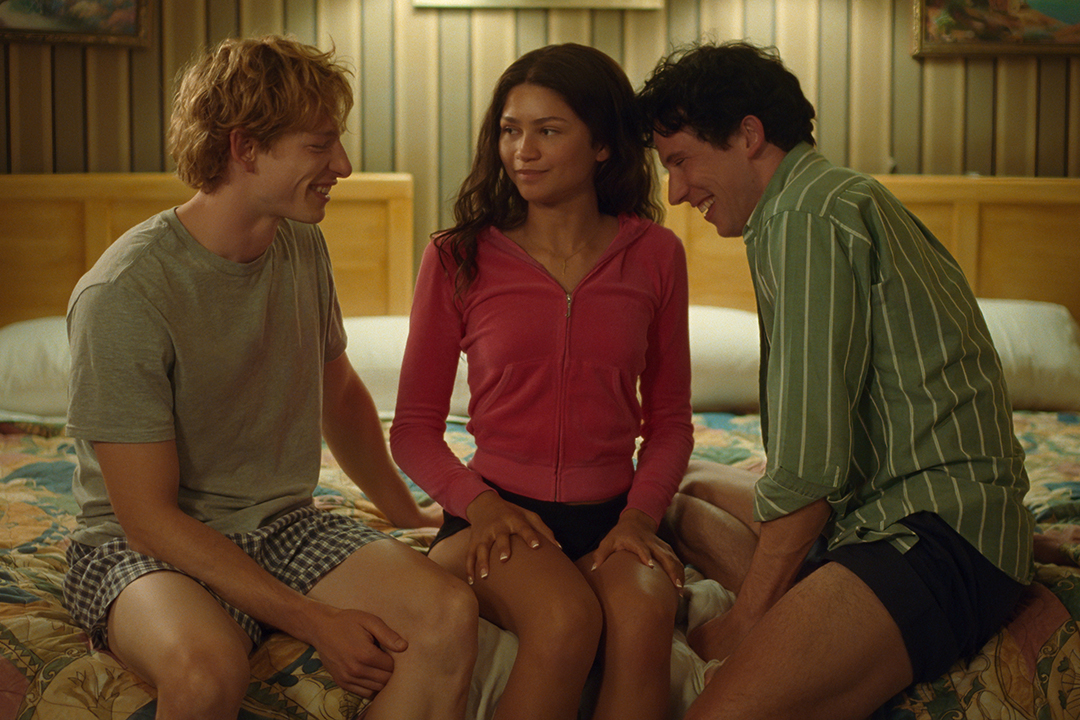


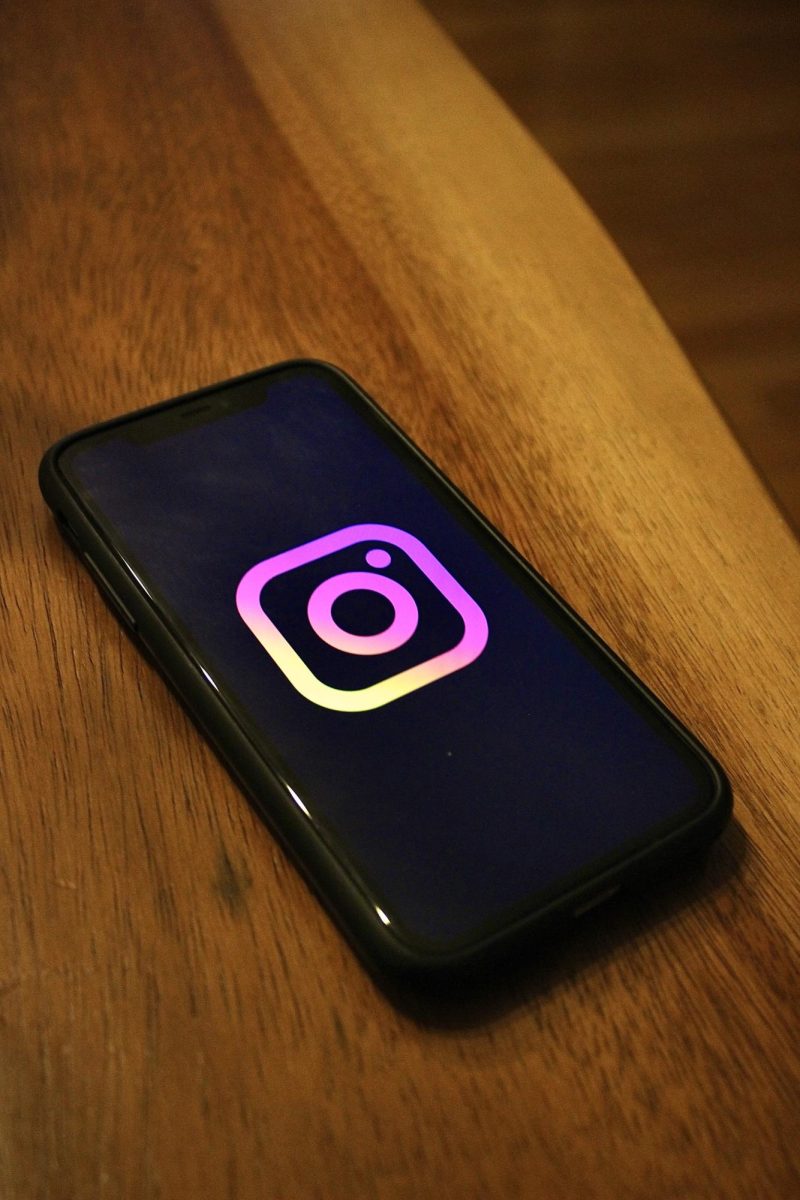
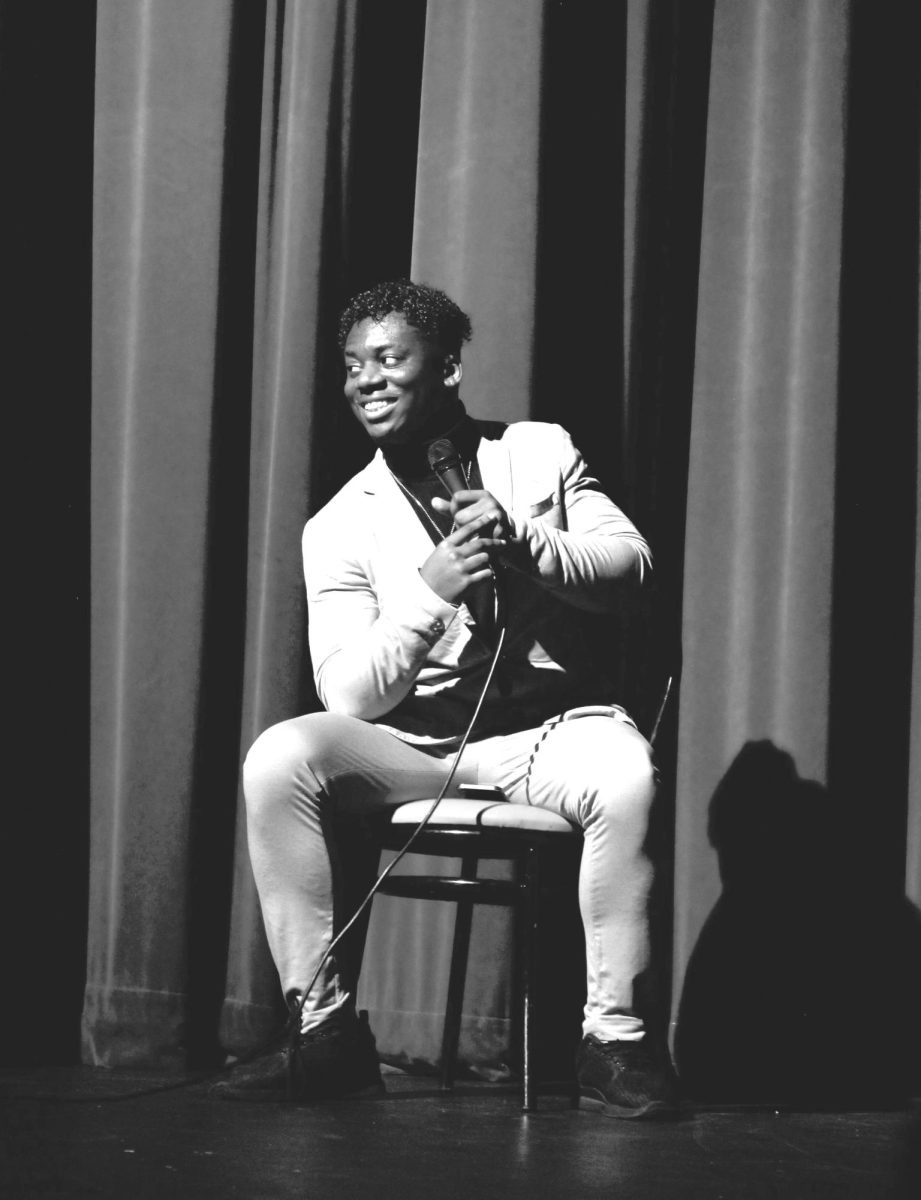


![Henry Willy [pictured left] taking the field with his teammates in a 10-11 loss vs. Saas.](https://ballardtalisman.org/wp-content/uploads/2024/05/IMG_2431.jpg)


